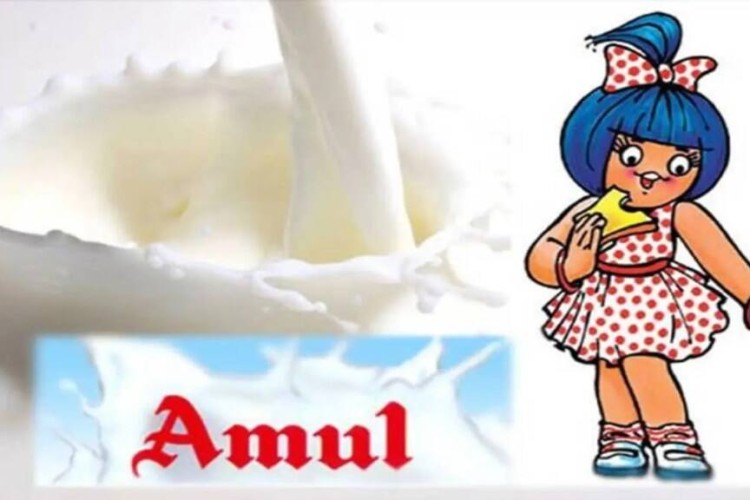
The Gujarat Cooperative Milk Marketing Federation stands out as a remarkable success story when most other cooperatives in India are weighed down by various challenges. As the FMCG giant celebrated its golden jubilee, Prime Minister Narendra Modi called upon stakeholders to elevate GCMMF, which markets products under the Amul brand, to the status of the world’s largest dairy company. Already ranked as the eighth largest dairy brand globally and exporting to over 50 countries, the cooperative brand’s revenues reached Rs 72,000 crore in FY23, offering valuable lessons for cooperatives across the country.
GCMMF’s journey began in the 1970s when thousands of farmers in Gujarat united to form a thriving dairy business through a cooperative movement. Initially known as the Kaira District Cooperative Milk Producers’ Union, Amul was established under the guidance of Sardar Vallabhbhai Patel. The cooperative later became GCMMF on July 9, 1973, when six dairy cooperatives collaborated, a success largely attributed to Dr Verghese Kurien, the ‘Milkman of India’, and his vision for India’s White Revolution.
READ | MSP programme must evolve with India’s future food needs
Under Dr Kurien’s leadership, GCMMF not only perfected the grassroots cooperative business model but also significantly contributed to making India the world’s largest milk producer, accounting for 24% of global milk production. The brand’s aspiration to become a Rs 1 trillion company by FY25-26 reflects the booming dairy sector in India, growing at an annual rate of 6%, outpacing the global average of 2%.
It is crucial to acknowledge that the farmer-centric brand’s success is not without its complexities. While lauded for empowering farmers and driving rural development, concerns exist regarding its dominance within the Gujarat dairy market. Some argue its expansion might limit opportunities for smaller, independent producers. Additionally, questions remain about the internal dynamics within the cooperative structure and the potential for unequal distribution of benefits among member farmers. Addressing these nuances paints a more comprehensive picture of Amul’s journey and its impact.
With 18 member unions and over 3.6 million farmers across 18,600 villages in Gujarat, GCMMF’s model demonstrates how cooperative sectors and government can collaborate effectively. The success of the milk-giant is attributed to its strong leadership, commitment to quality control, product innovation, and a cooperative structure that ensures farmer ownership and control, aligning their interests with the brand’s success.
Despite dominating key industries like sugar, milk, and banking, other cooperatives in India have struggled. The decline of Maharashtra’s sugar cooperatives, for instance, can be traced back to mismanagement and political interference. Learning from GCMMF’s model, the government is now focused on reforming the sector, with steps like making the Reserve Bank of India the regulator for cooperative banks and establishing a Union Ministry of Cooperation.
Replicating the milk-giant’s success across other cooperatives requires recognising the unique challenges each sector faces. Sugar cooperatives, for example, grapple with fluctuating prices and subsidised imports, hence simply mimicking GCMMF’s structure might not suffice. Instead, a nuanced approach that addresses sector-specific challenges and leverages best practices from the FMCG behemoth, while acknowledging its limitations, is crucial. This could involve fostering professional management, ensuring transparency, and tailoring cooperative models to specific industry needs.
Lessons from Amul
The key to replicating the dairy brand’s success in other cooperatives lies in embracing professional management and ensuring political independence. The criticism faced by the BJP for attempting to merge Amul with the South-based Nandini cooperative for political gains underscores the importance of keeping cooperatives free from political agendas.
The Gujarat-based brand’s success cannot be solely attributed to its cooperative structure. Strong leadership, a focus on quality, and product innovation were equally important. However, the cooperative model’s inherent strengths, particularly farmer ownership and control, played a critical role. The government’s recent initiatives like the Union Ministry of Cooperation and RBI oversight for cooperative banks aim to address governance issues that plague many cooperatives. Effective implementation of these reforms, while safeguarding the autonomy of cooperatives, holds the key to unlocking their true potential.
